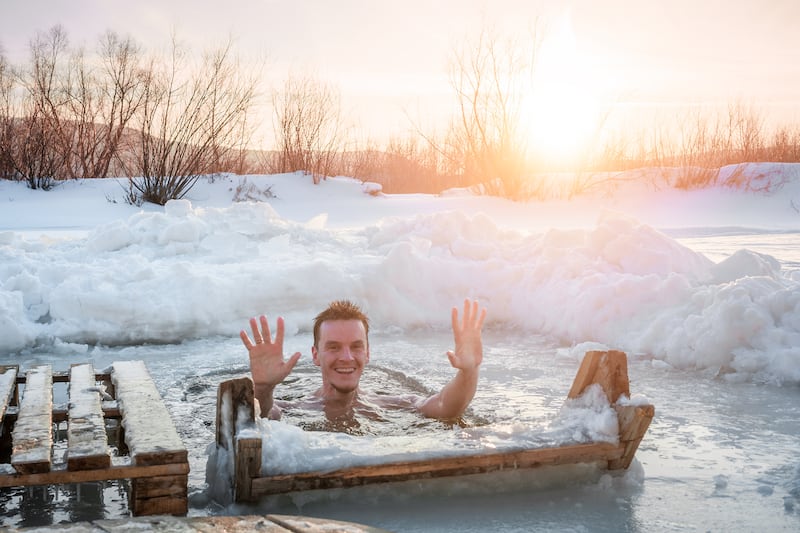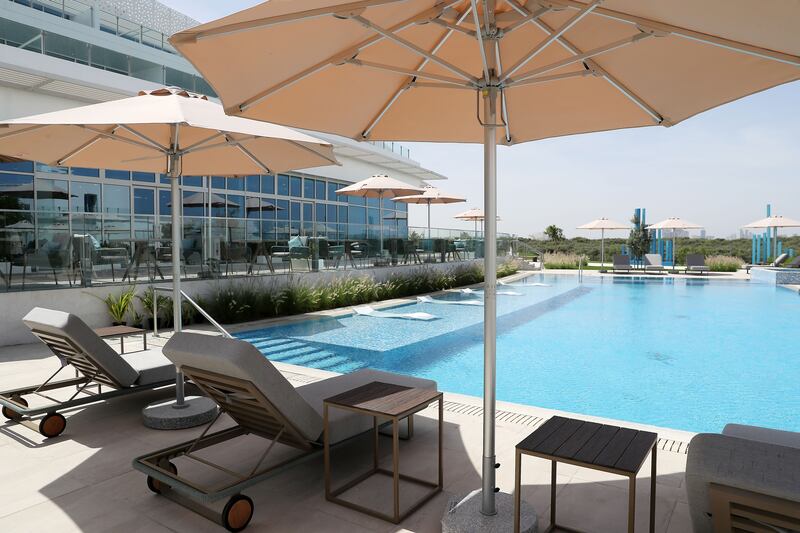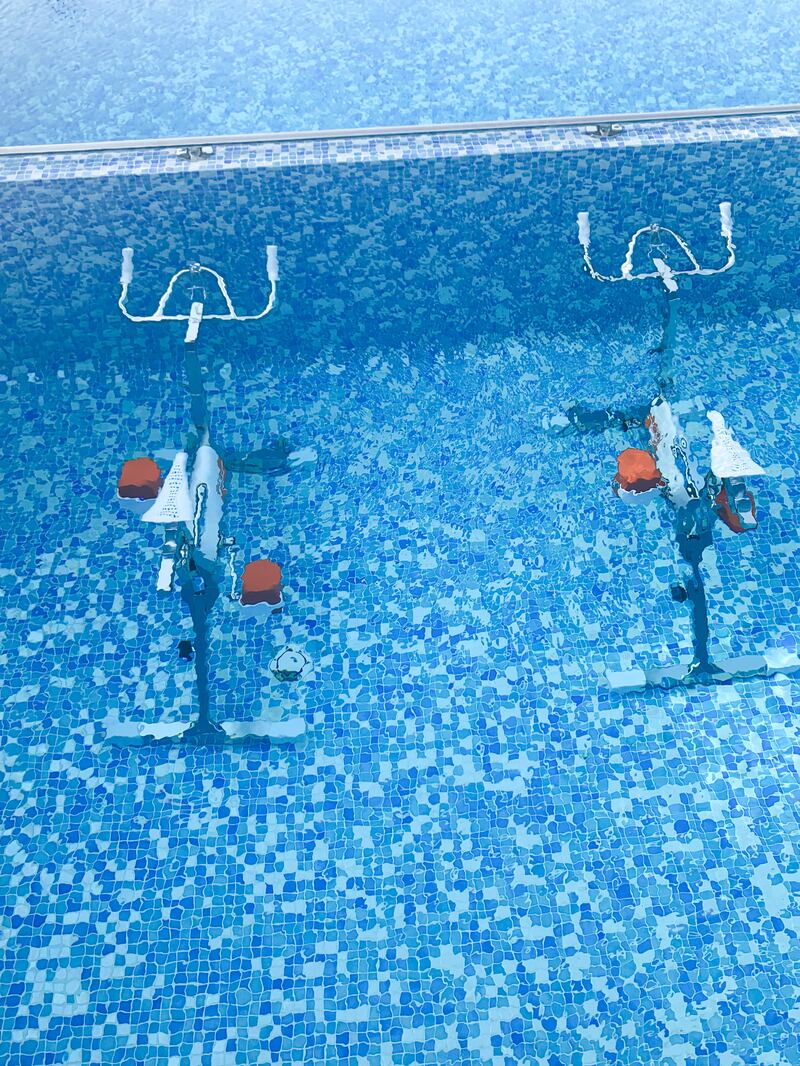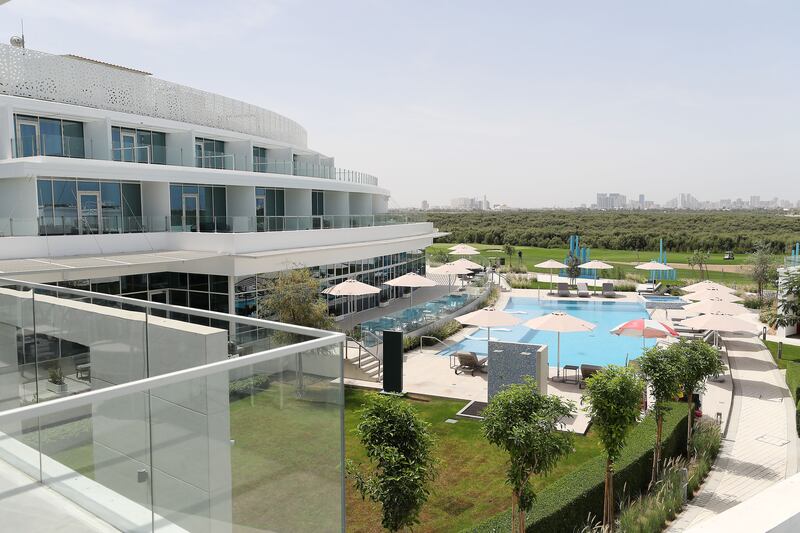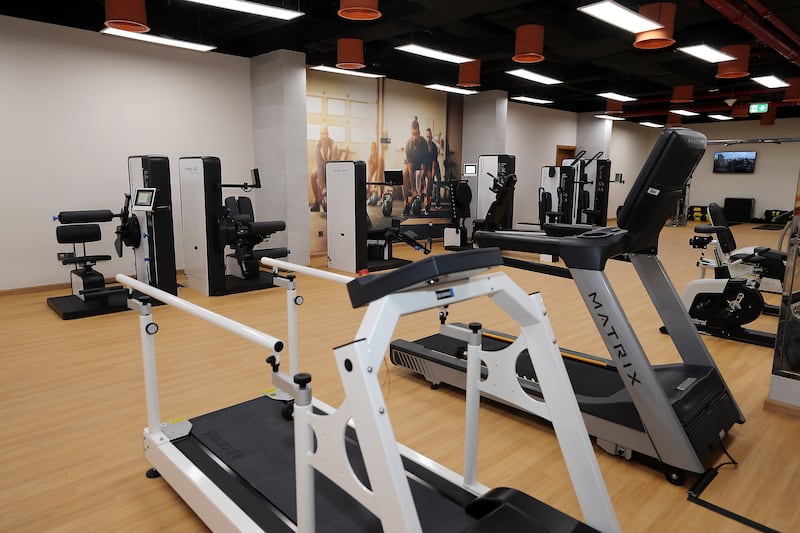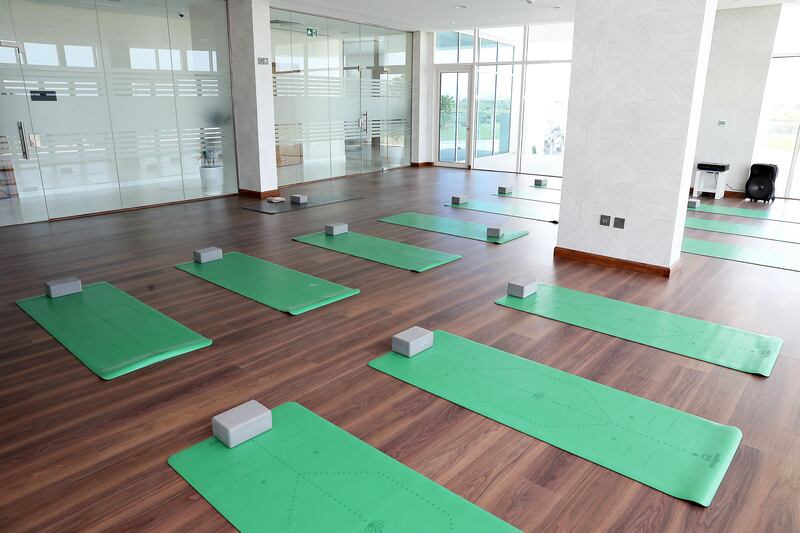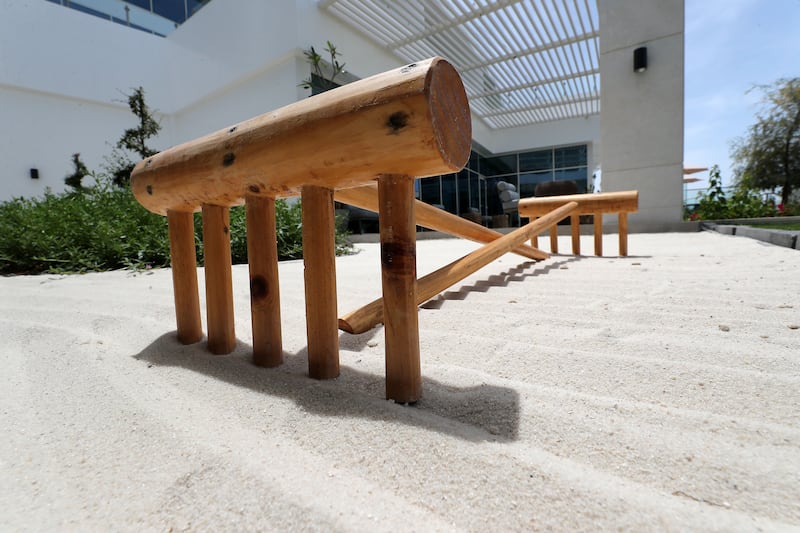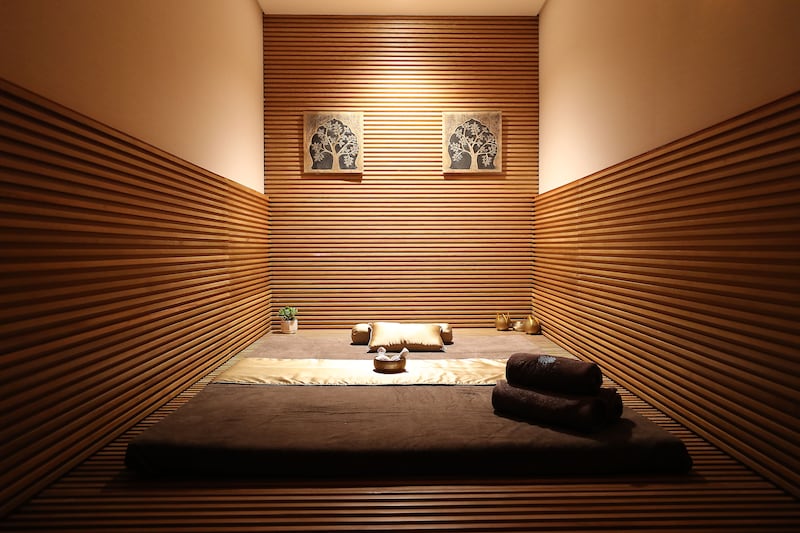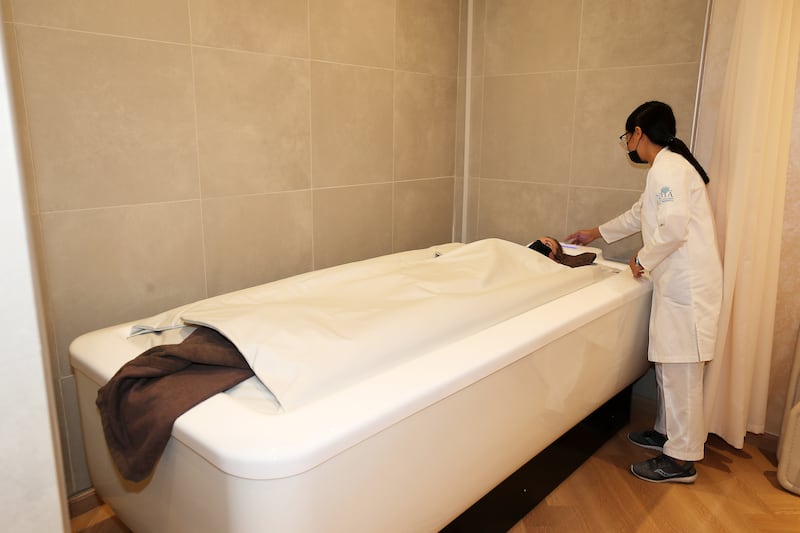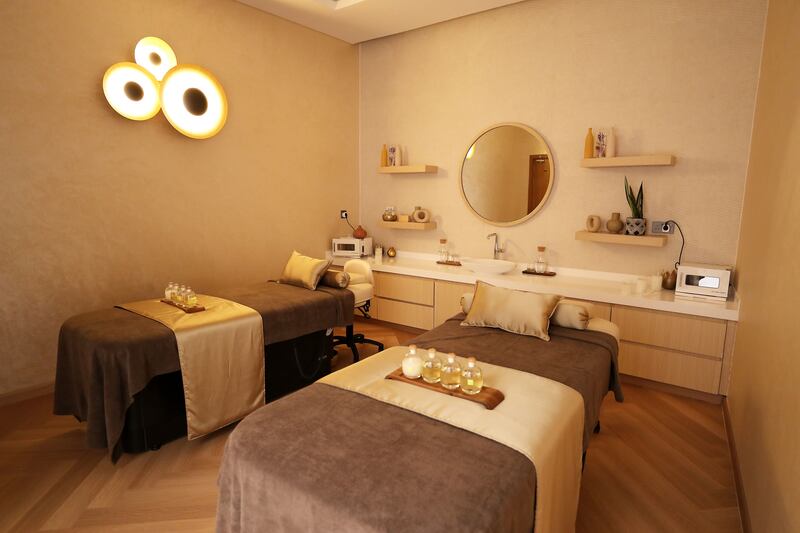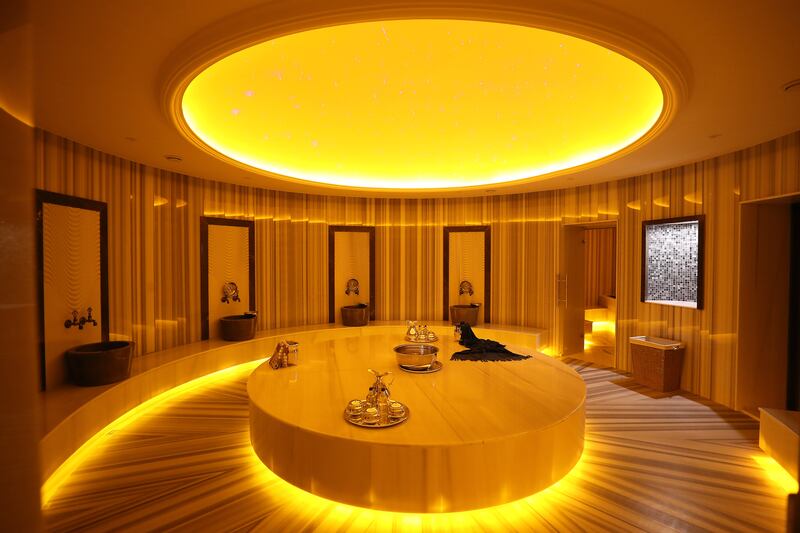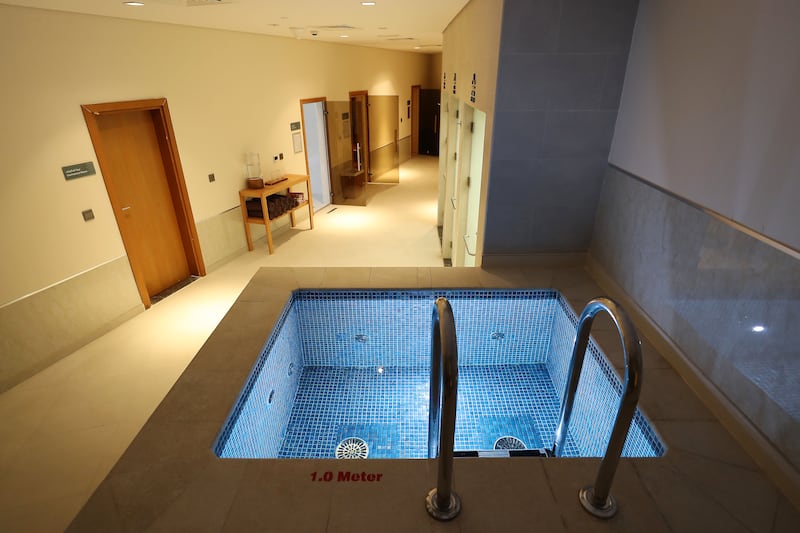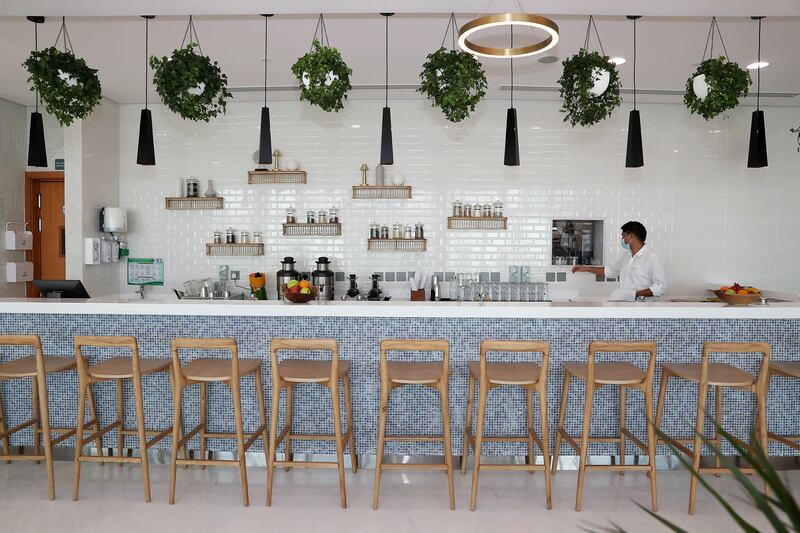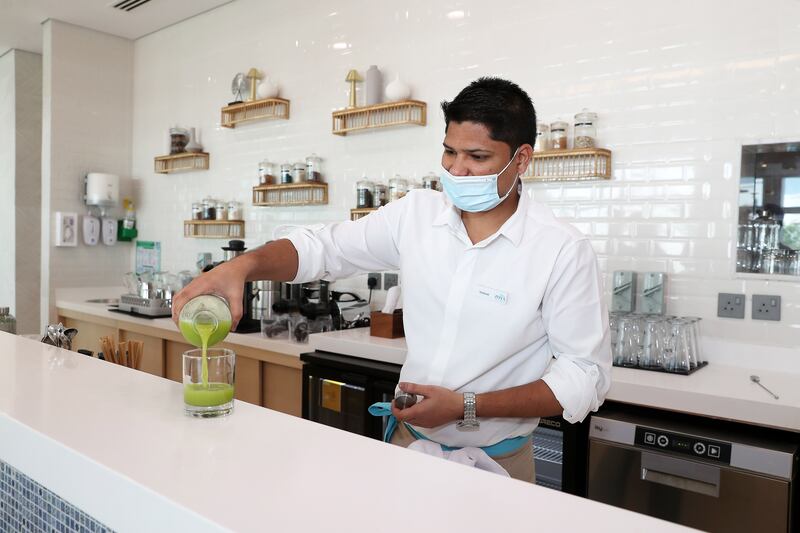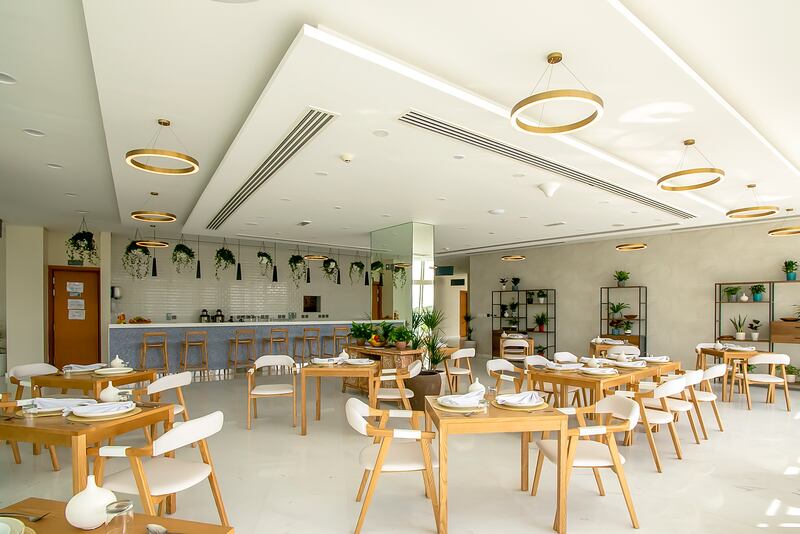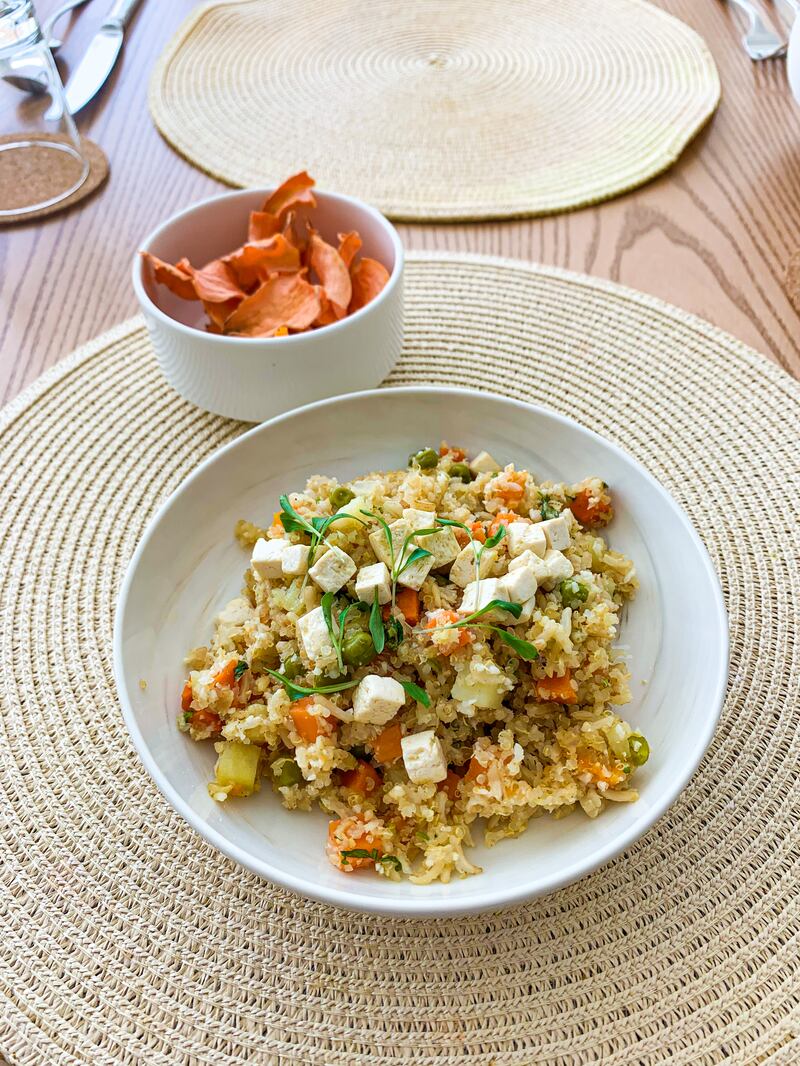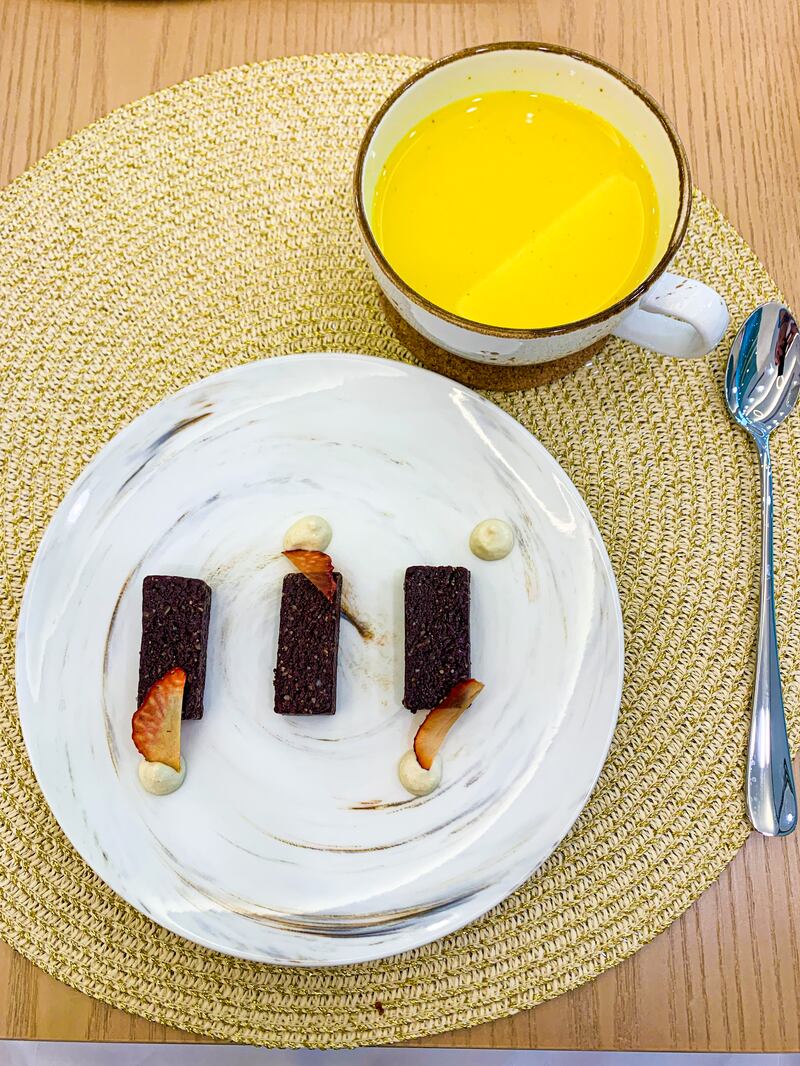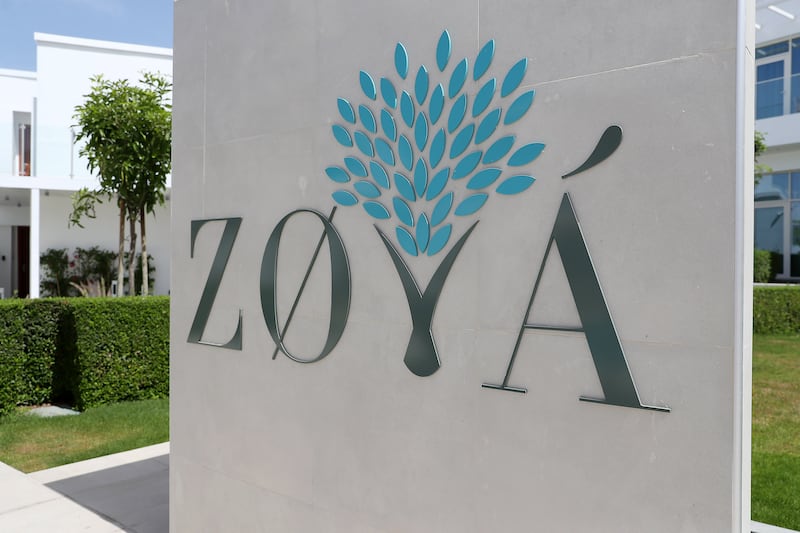“The future of medicine is proactive, not reactive,” says Mona Mirza, chief executive and founder of Biolite.
The aesthetic clinic, which has been operating in Dubai for more than 15 years, this month launched a centre that focuses on biohacking techniques, offering treatments such as sleep therapy, ozone therapy, IV infusions, pressotherapy and the intriguingly named cell gym.
What does biohacking entail?
While many may have heard of biohacking — with its promise to halt ageing, prevent disease and improve brain function — few are certain of a definition. As the name suggests, anything that “hacks” our biology could technically fall under the biohacking umbrella.
Admitting it’s a “blurred term”, Dr Nasr Al Jafari, medical director at DNA Health & Wellness centre in Dubai, explains that these days the term is being used to indicate ways in which people “optimise their mental, physical and spiritual self”.
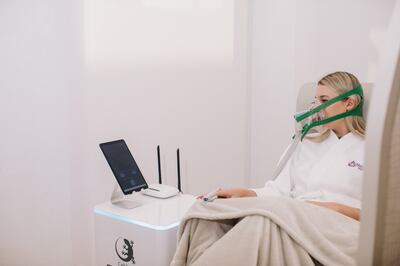
Extreme forms of biohacking include implanting microchips to “upgrade” human ability with technology (a movement in itself called transhumanism), or radical scientific interventions such as gene editing. Both push the limits of what the human body can do.
But for the everyday biohacker, the crucial thing, explains Al Jafari, is “using better, more precision medicine, followed by self-quantification to gain a level of insight through medical or technology advancement to hack your biology above and beyond what it could have done”.
Through the advancement of technology, the everyday person can place the learnings of the scientific world into their own hands — literally. With devices such as smartwatches, we can track our biological metrics without having to step into a doctor’s office or research lab.
Why is biohacking gaining momentum now?
The term has been decades in the making, but events of the past few years have put biohackers centre stage in the preventive health space. “The moons have aligned, and Covid-19 definitely accelerated that. The pandemic made people who weren't sick in a traditional sense feel vulnerable, so they started to pay more attention. At the same time, a lot of interesting research and intervention came out,” says Al Jafari.
In 2020, the global biohacking market (which looks at sales of items such as tech wearables, implants, smart drugs and gene modification kits) was valued at $15.42 billion, and this is anticipated to grow by 19.4 per cent by 2028, according to the Global Biohacking Market Size & Share Report published by Grand View Research.
It’s not all about implants or gene modification, either, and it’s easier to get started than one might think.

Here are four ways to up your biohacking game — however, as with any lifestyle-altering measures, biohacking needs to follow rules of regulation and accountability to render it safe for each individual, so it’s best to speak to a professional before getting started.
1. Up your supplements game
A daily pill that can deliver a high dose of numerous vitamins and minerals hard to achieve through our modern diet and lifestyle alone? You could argue all forms of supplementation allow us to manually hack our bodies, making it a fine place to start.
When it comes to getting to the heart (or maybe the bloodstream) of supplementary biohacking, IV (intravenous) therapy and Nad (Nicotinamide riboside) supplements are what Al Jafari describes as “genuinely hacking our physiology beyond what it could have achieved 1,000 years ago”.
Bypassing the digestive system, IV vitamins trump the power of oral alternatives, and a 2017 study from the University of Iowa Health Care has even linked vitamin C IVs to “killing cancer cells”. Meanwhile, a 2018 study from the Medical University of South Carolina showed that Nad supplements can restore function of the mitochondria, aka the powerhouses of cells.
Biohackers don’t have to search far and wide to access such therapies either — both can likely be found in your local health clinic or pharmacists, with many now dropping in for IV vitamin drips much like popping in a beauty salon for a pedicure.
2. Experiment with intermittent fasting
One of the most popular forms of biohacking is intermittent fasting, due in part to its accessibility. “No one can dispute the ancestral value of fasting, which is now being recognised by modern scientific wisdom in terms of its health effects,” says Al Jafari. When in “famine mode, our bodies go into cellular regenerative and rejuvenation state”, he explains.
One of the most obvious — and now easily trackable — benefits is how it impacts our glucose levels. Evidence to show how fasting can improve your sensitivity (which in turn can reduce risks of long-term health issues such as cardiovascular disease and diabetes) is mounting. Traditionally used to manage diabetes, more people are turning to glucose tracking devices as a preventative measure — and tech brands are cashing in. Apple, for instance, is currently working on bringing non-invasive tracking to its devices.
3. Track your sleep
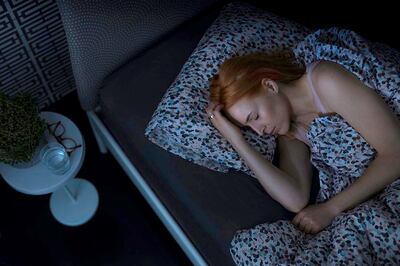
Sleep has never felt more like a luxury, with our lifestyles making it more difficult to get quality shut-eye. New research is constantly cementing its importance while clever technology enables us to self-quantify our downtime, and between the two is where sleep and biohacking meet.
“Heart rate variability, pulse rate, oxygen levels, temperature movement, they’re all enhancements to bring the accuracy of sleep monitoring,” says Al Jafari, talking about Oura Rings — a Twitter founder, Jack Dorsey-approved sleeping tracking wearable, Fitbit and the Apple watch being two more.
Not a sleep-fix in themselves, these can help us work towards creating the ideal conditions for a perfect night's rest. The more we mimic our ancestral sleeping habits and environments — waking up with natural sunlight and avoiding blue light in the evening, for example — the more our bodies (and sleep scores) will thank us.
4. Brave a cold shower
On the subject of sleep, Al Jafari points out that temperature, specifically exposure to the cold, plays a role, too because, he says, “naturally ancestrally we were sleeping outside on the ground”.
A Sleep Foundation poll, published in 2022, found that dropping the temperature to 18.3C at night can help us get the best sleep. This is thanks to how being exposed to cold alters our biology. “Cold therapy is very good at improving stress resilience. It also increases your brown fat, which helps to burn energy rather than store it,” says Al Jafari.
What it lacks in measurable results via a handy gadget, cold therapy makes up for in ease and accessibility — a short burst of cold water to end your morning shower each day will do. It might not be a biohack you can instantly track, but you’ll certainly instantly feel the benefits as you’re waking up.
